The Panch Pokhari, a collection of five (panch) sacred Hindu lakes, is located in the Sindhupalchowk District of Nepal. Panch Pokhari trek, at the foot of the Jugal Himal (4100 m) in northeastern Kathmandu, Nepal, is a freshly developed trekking path.
Additionally, Panch Pokhari has ecological, spiritual, and cultural value. Here, a prominent holiday known as Janai Purnima is observed every August. Members of the Brahmin caste come here to perform the ritual of changing the sacred thread (Janai) they wear around their bodies.
The trek also engulfs you in a cultural journey through Nepal because it also passes through Tamang and Sherpa communities.
Trekking to PanchPokhari (Five Ponds) is a well-known pilgrimage in Nepal. The Gauri Shanker, Dorje Lakpa, Langtang Himalaya range, Jugal Himalaya range, etc. are just a few of the stunning Himalayan views that may be seen while hiking in PanchPokhari. Hindus have a deep reverence for PanchPokhari and its mythical significance. The PanchPokhari walking track gives a traditional trekking atmosphere because it is a less popular, non-tourist trekking trail and doesn’t have tea house amenities in the higher region.
Short Itinerary of Short Panch Pokhari Trek
| Day 1 | Kathmandu to Melamchi to Deurali | Drive 8 Hours, Trek 2 Hours |
| Day 2 | Deurali to Noshyampati | Trek 8 Hours |
| Day 3 | Noshyampati to Panch Pokhari | Trek 3 Hours |
| Day 4 | Paanch Pokhari to Deurali/Bhotang | Trek 8 Hours |
| Day 5 | Drive Back to Kathmandu | Drive 8 Hours |
Highlights of Panch Pokhari Trek
- Very short and easily understoodreached, making it reasonable in terms of cost as well. Beginners seeking a brief getaway in the mountains with a peaceful outlook will find the trek ideal.
- Buddhist, Sherma, and Hindu cultural experiences are available in the Langtang National Park.
- The trail winds through thick rhododendron forests, alpine pastures, and terraced fields as it climbs and falls.
Itinerary of Panch Pokhari Short Trek
Day 1: Kathmandu- Bhotang- Deurali (2200 m)
You will get on an early bus from Koteshwar, Kathmandu, to Melamchi. After traveling by bus for almost 8 hours, you will arrive in Bhotang village while crossing Dhulikhel via the Melamchi road. You will begin your trek on this first day, and it will take you about two hours to hike to Deurali. You spend the night in a lodge in Deurali.
Day 2: Deurali- Noshyampati
The following morning, after breakfast, you leave Deurali and the trail becomes incredible fun. Beautiful mountain ranges may be seen, and the scene of overlapping hills below them will enthrall you. The red and white marker is always present on the route, so if you are walking for fifteen minutes and do not see it, you are probably going in the incorrect direction.
You can rest for lunch at Tuppi Danda (2320 m) after walking for almost two hours . You are better off to bring plenty of refreshments because the path between Tuppi Danda and Noshyampati is long and there are no tea houses or lodges in between. It takes about 4 to 5 hours to hike uphill through forests and through waterfalls.
Day 3: Noshyampati to Panch Pokhari
After Noshyampati, the trail is lined by a variety of vibrant flowers and plants. You may reach Paanch Pokhari (4100 m) from Noshyampati by hiking for almost three hours nonstop . Despite the majority of the paths being upward, the mountains and the rocky landscape make for an exceptionally stunning trip.
The viewpoint, which offers panoramic views of the five lakes and the peaks of the Jugal Range and is about a 30-45-minute climb from the trailhead at 4300 meters.
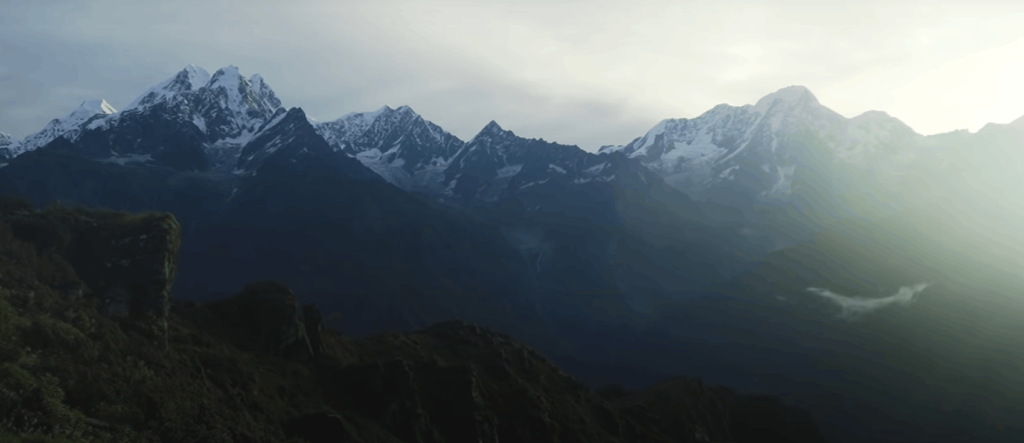
Day 4: Trek Back to Bhotang
From Panch Pokhari, you will descend to Bhotang village past rivers, jungle, a wooden bridge, and beautiful views. You will arrive in Bhotang village after 8 hours of descent.
Day 5: Drive Back to Kathmandu
Catch an early bus to Kathmandu from Bhotang, which will take you about 8 hours.
Best Time to Visit Panch Pokhari
The most popular times to visit Panch Pokhari are spring and fall, just like with the majority of treks in Nepal. The fact that these seasons are well-liked for completing this trek also has to do with the mild sunshine and little precipitation that trekkers experience.
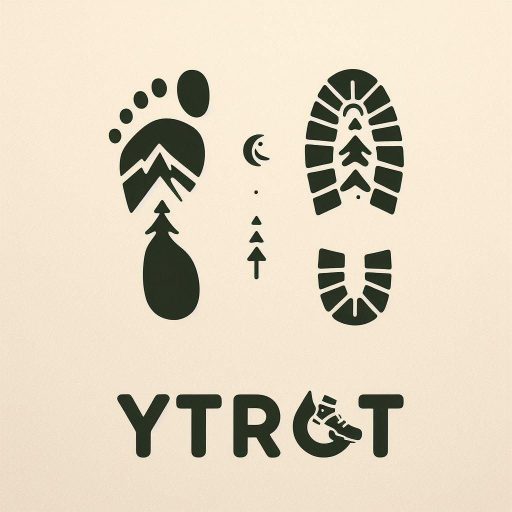
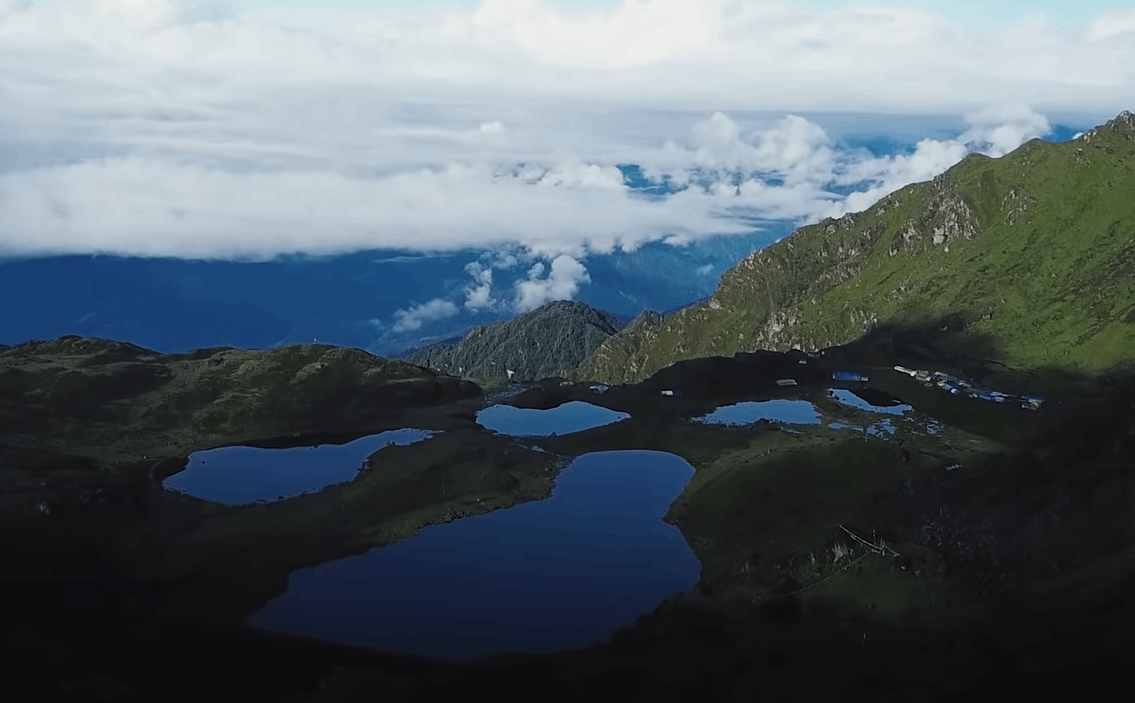
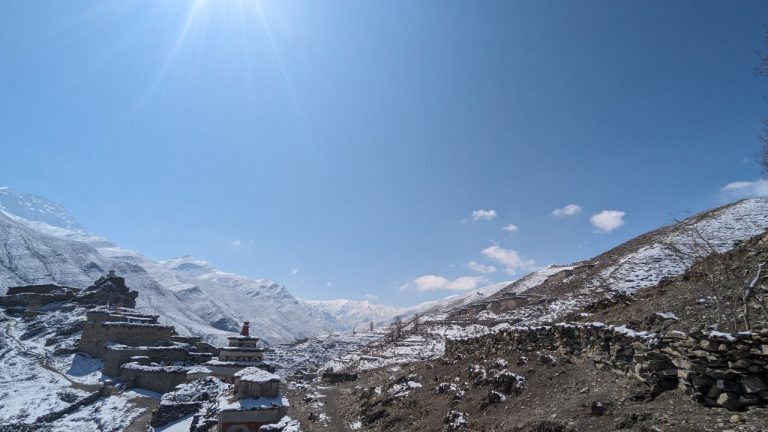
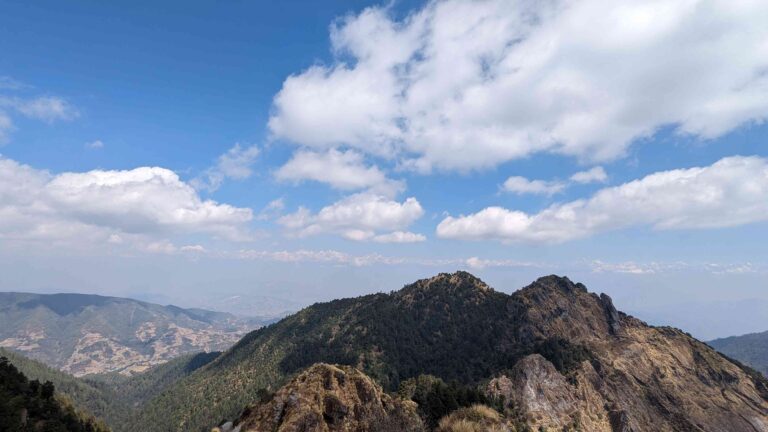
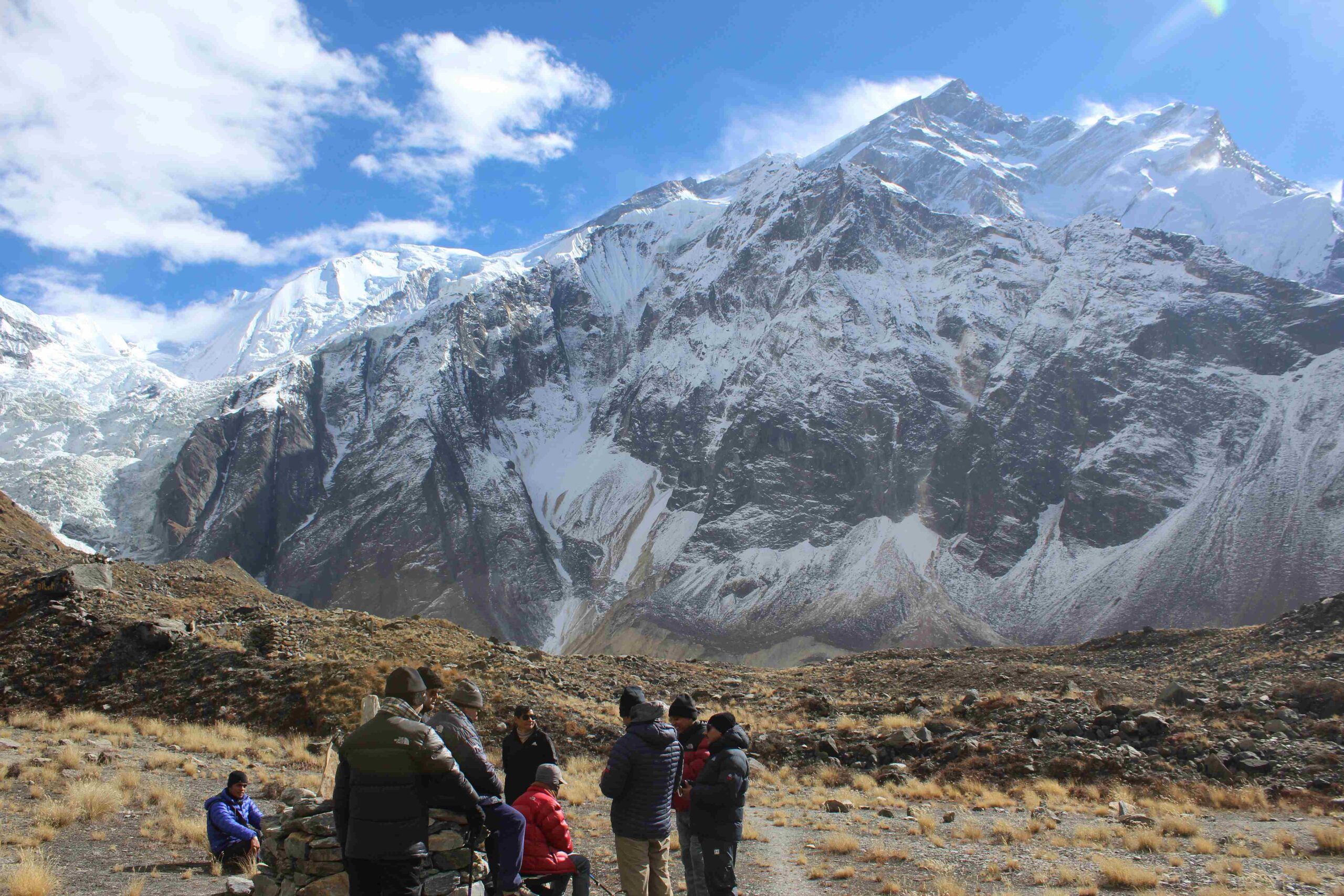
[…] Also see another short trek to Panch Pokhari. […]